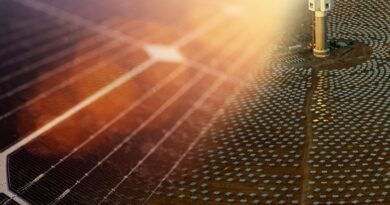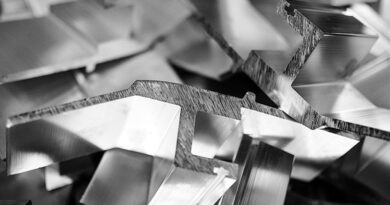SA PGM producers’ case for hydrogen is quite narrow
In South Africa’s metals mining sector, hydrogen has been receiving attention for quite some time. There have been several transport initiatives in the sector that are heavily focused on the use of PGMs in the catalysts of fuel cells, says PwC.
Although these pilot projects are a good start to bringing hydrogen technology into mining, the focus of their application is quite narrow, looking at decarbonising only the transport portion of a mining operation.
There exists a far larger opportunity to leverage the cross-sector benefits of hydrogen on a microgrid scale, creating a fully green and resilient mining operation. Now may be the opportune time for mining companies to consider the vast benefits of hydrogen given that the cost of renewable hydrogen production is expected to fall by up to 60% over the next decade.
According to Anglo American Corp., hydrogen fuel cell technology has the potential to reinvent cars, how we transport our goods and the way we power cities across the globe. Not only are hydrogen fuel cell vehicles a clean alternative, emitting only water from the tailpipe, these vehicles also refuel quickly with comparable driving ranges to traditional vehicles. This use is evolving with emerging applications to power delivery vans, trucks and fork lifts as well as boats and ships.
Hydrogen fuel cells convert chemical energy into electrical energy by converting hydrogen gas and oxygen into water. Oxygen is readily available in the atmosphere, so it’s only necessary to supply the fuel cell with hydrogen, which happens to be the most common element available on Earth.
Beyond its availability, it’s also possible to produce more hydrogen from water electrolysis using solar or wind energy. In this way, it’s possible to generate hydrogen fuel cell power entirely carbon emission-free.
To turn hydrogen and oxygen into electricity, every fuel cell needs three components – an anode and a cathode, and an electrolyte membrane. The substance contained in the electrolyte can vary in different types of fuel cells.
Hydrogen enters the fuel cell at the anode, and oxygen at the cathode. Platinum is most often used as part of the anode catalyst. The water molecule is the only direct emission of a fuel cell, aside from a small amount of heat.




